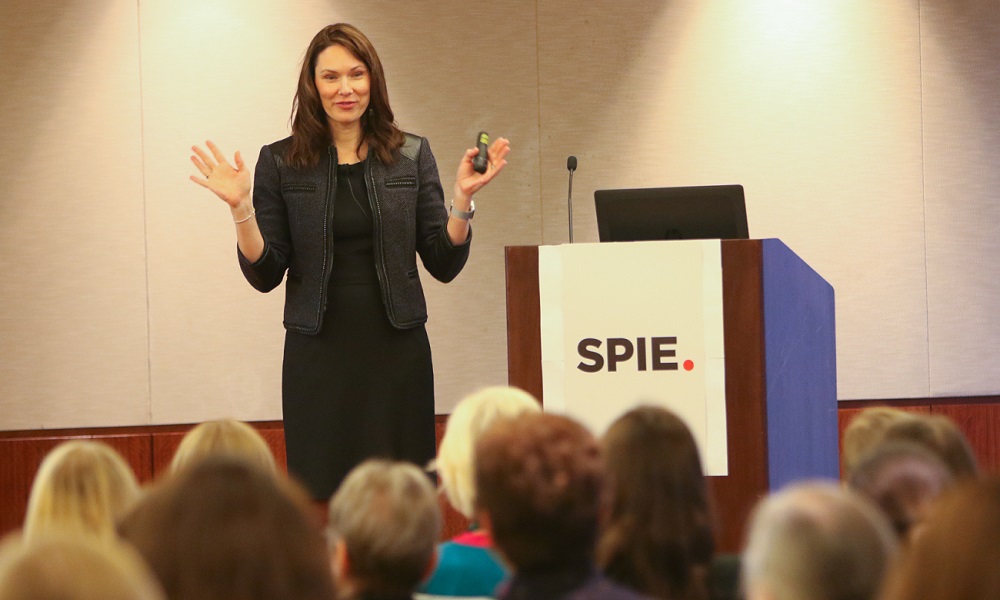Paper 13354-27
CO2 laser deposition of single and multilayer transparent coatings using oxide nanoparticles (Invited Paper)
29 January 2025 • 1:50 PM - 2:15 PM PST | Moscone South, Room 201 (Level 2)
Abstract
This study reports the CO2 laser-assisted deposition of transparent thin and thick films on quartz substrates using nanoparticles (NPs) of anatase-TiO2, amorphous SiO2, and chalcogenide As2S3 . The preparation process of the films involves three steps: (i) spin-coating for wet deposition, (ii) evaporation of Ethylene Glycol (EG) using either a lamp or laser, and (iii) laser sintering. A heat transfer model selects the laser processing parameters, while an Anti-Reflection Coating (ARC) model determines the optimal material selection and layer thickness to minimize reflectance and enhance transmittance. Microscopy analyses show that CO2 laser energy induces necking and coalescence between NPs, as observed through SEM and optical microscopy. Film thickness is measured using an optical profilometer, and reflectance is assessed via UV/Vis spectrophotometry. UV/Vis/NIR spectrophotometry reveals that the sintered coatings are highly transparent, achieving transmittance above 90% in specific wavelength ranges. Single-layer (∼ 110 nm thick) and double-layer TiO2 films of the same total thickness were analyzed to examine the interface's effect on transmittance. This study also examines the impact of TiO2 and SiO2 layer sequences on the optical properties of heterogeneous multilayer films. Thick films of As₂S₃ glass of high transparency were successfully deposited. XRD confirms the high purity and microstructural integrity of the sintered anatase-TiO2 films, with no evidence of rutile transformation. These findings provide a comprehensive understanding of the AR properties and potential applications of these transparent coatings.
Presenter
CREOL, The College of Optics and Photonics, Univ. of Central Florida (United States)
Yahya Bougdid, Ph.D. in Optics and Photonics, is currently working as a postdoctoral researcher at CREOL, The College of Optics and Photonics, and Department of Electrical and Computer Engineering, University of Central Florida, United States. He got his Ph.D. from Mohammed V University in Rabat, in collaboration with: MAScIR Foundation, and LaSIE, Osaka University, Osaka, Japan. His Ph.D. research was focused on two-photon (2PP) printing in photoresists combining nonlinear optics, materials science, and optical technology. He contributed to building 2PP laser nanofabrication technology in lithography and to work on such a technology in the African continent. His current research is focused on: Materials and Laser Micro-Nano-processing, Laser Sintering, Laser Doping of SiC for MWIR detectors, Laser-Assisted Nano-Electrospray Deposition of Nanoparticles (NPs), NPs Deposition for Solar Cell Applications, and Laser Deposition of Transparent TiO2 Films for Advanced Optics Applications.


